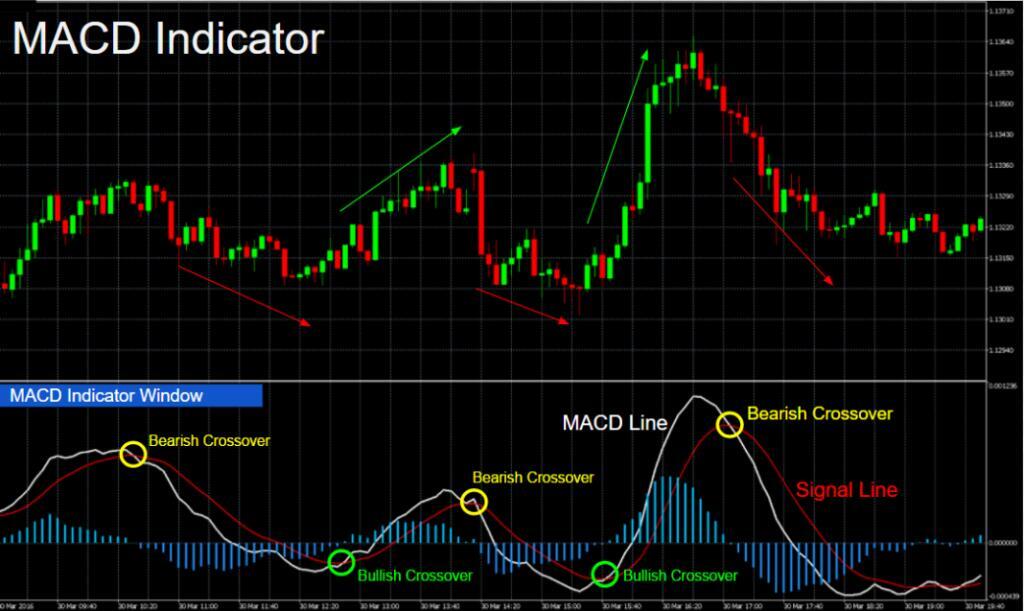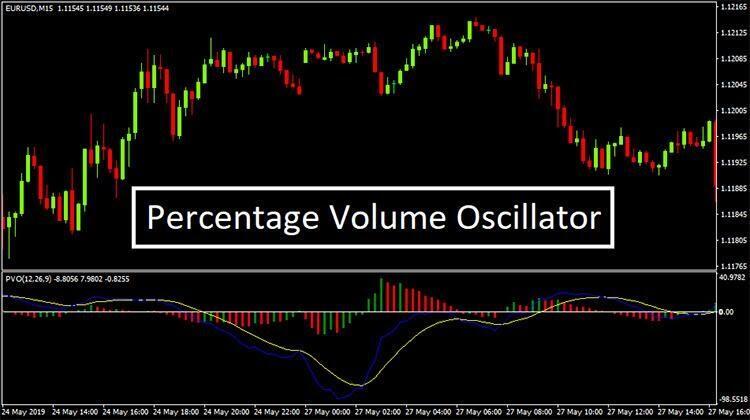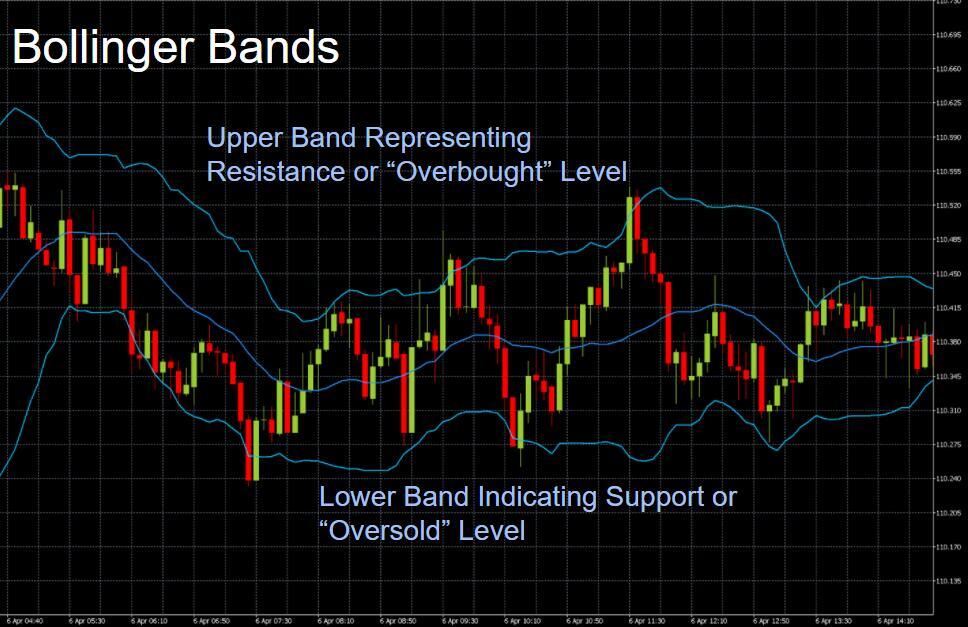Forex indicators’ tutorial for beginners
Success is the combination of knowledge and practice, which is especially true in Forex trading. Forex Indicators are one of the most essential tools to learn in Forex. Most professional traders use them to analyze forex patterns and gain profits.
What is a Forex Indicator?
A Forex Indicator is used to forecast the price behavior of securities in the forex market. It involves simple calculations that take the past price movement and volume of a security to assess its price trajectory, hence indicating entry and exit points, and buying and selling signals.
4 Major Types of Indicators
There are four general types of forex indicators. Each of these types are composed of many indicators and oscillators that analyze forex patterns.
Trend indicator
Trend indicators focus on the movement of the trends of a currency pair, hence the name. The main factor of trend indicators is that it determines the buying and selling opportunities in the market.
Examples of trend indicators:
- MACD
- Parabolic SAR
- ADX

Momentum Indicator
Momentum indicators determine the timeframe of price changes of a security to determine possible buying and selling opportunities. It measures the speed or rate of the price behavior and considers extreme levels in the price range.
Examples of momentum indicators:
- RSI or Relative Strength Index
- Stochastic Oscillator
- CCI

Volume Indicator
Volume Indicators demonstrate the volumes of trade in a security’s price behavior. Volumes of trade are crucial signals to the strength of the trend as greater volume equals greater strength. Generally, volume indicators assess the strength of trends.
Examples of Volume Indicators:
- CMF
- MFI
- Volume Oscillator

Volatility indicator
Volatility indicators evaluate the price range to determine entry signals. It assesses the volatility of the market. The faster the price rises or falls, the more volatile the market is.
Examples of Volatility Indicators:
- Bollinger Bands
- ATR

What indicators better to choose
Each of these forex indicators have different takes on analyzing forex patterns to trade strategically. However, the goal is the same: to generate profits.
Trend Indicators focus and generate trading signals by analyzing the movement of trends. Momentum indicators measure the speed of movement in the price changes, in a way determining the best timeframes for selling and/or buying.
Volume indicators determine the volume of trades in every price change, therefore analyzing the amount of sellers and buyers to determine the strength of the trend. Volatility indicators assess the market’s volatility and price changes.
These indicators analyze forex trades in a way that they:
- Reveal unobvious signals
- Asses trade opportunities
- Provide market analysis
Conclusion
Each of these forex indicators have different takes on analyzing forex patterns to trade strategically. They have different focuses and interpretations of the market. However, the goal is the same: to generate profits.
